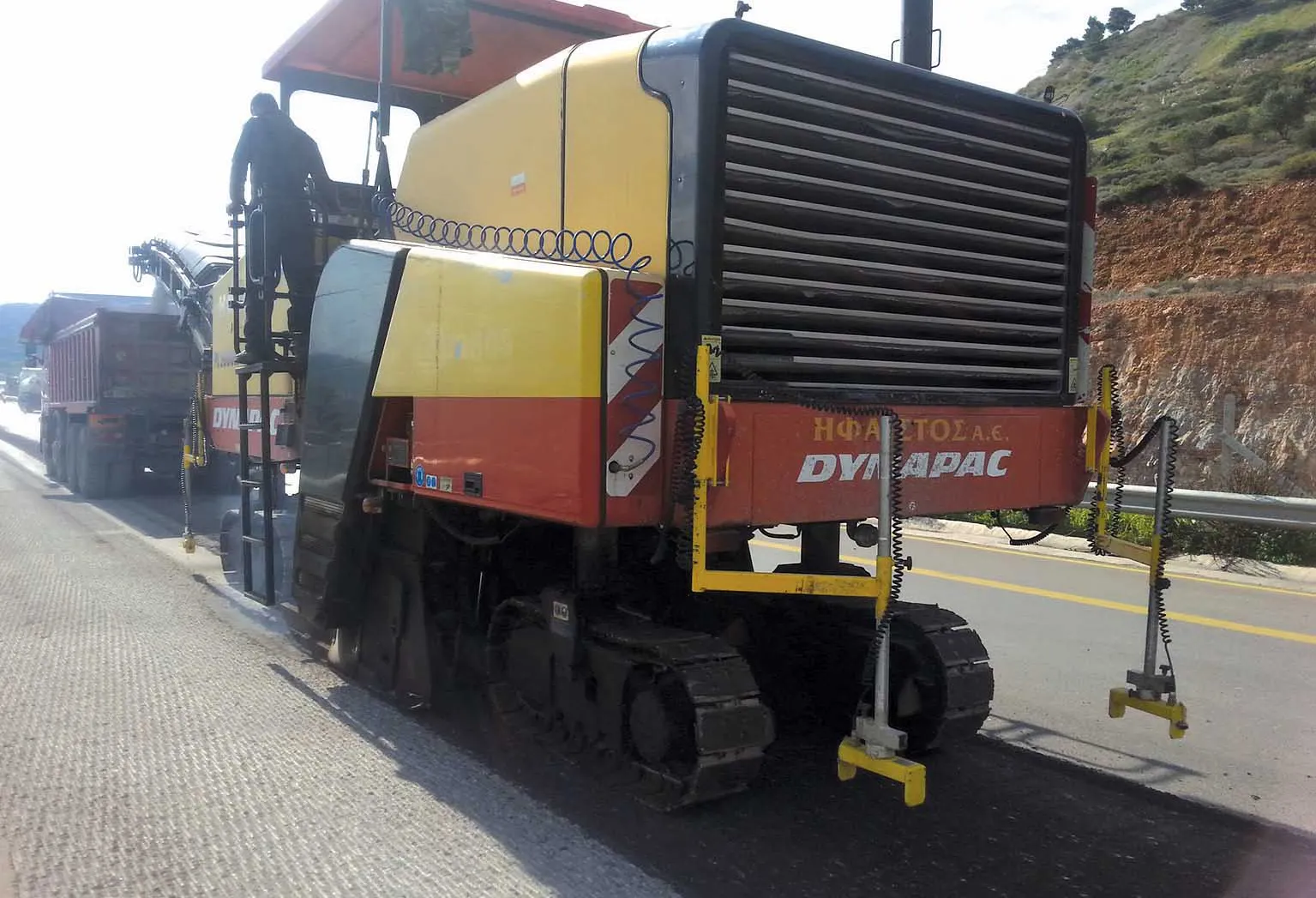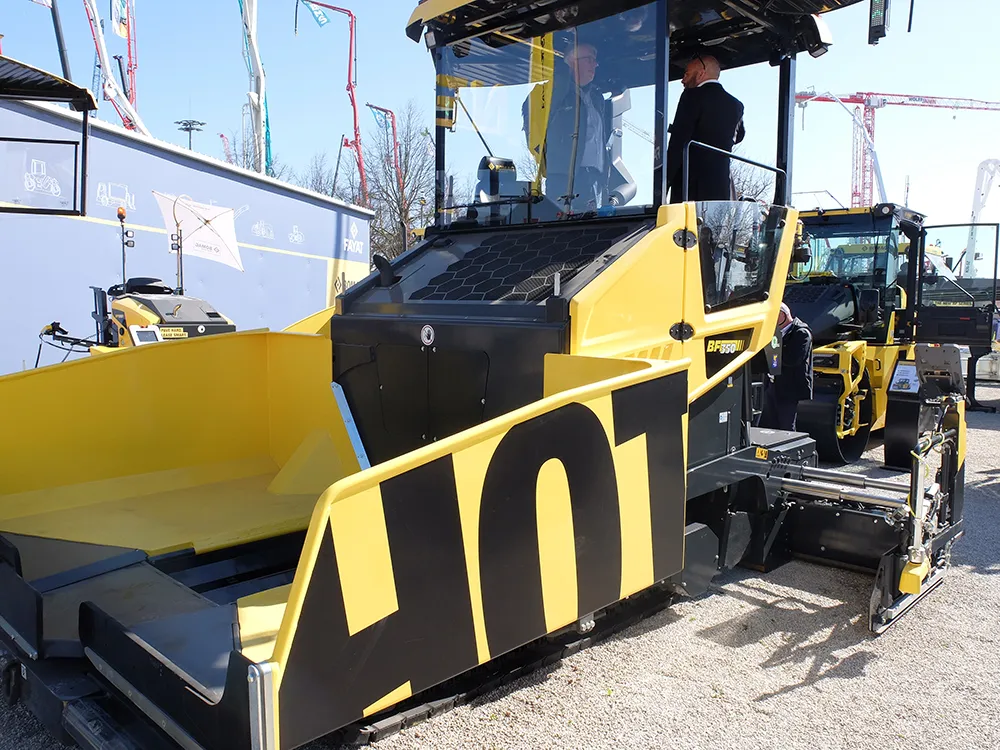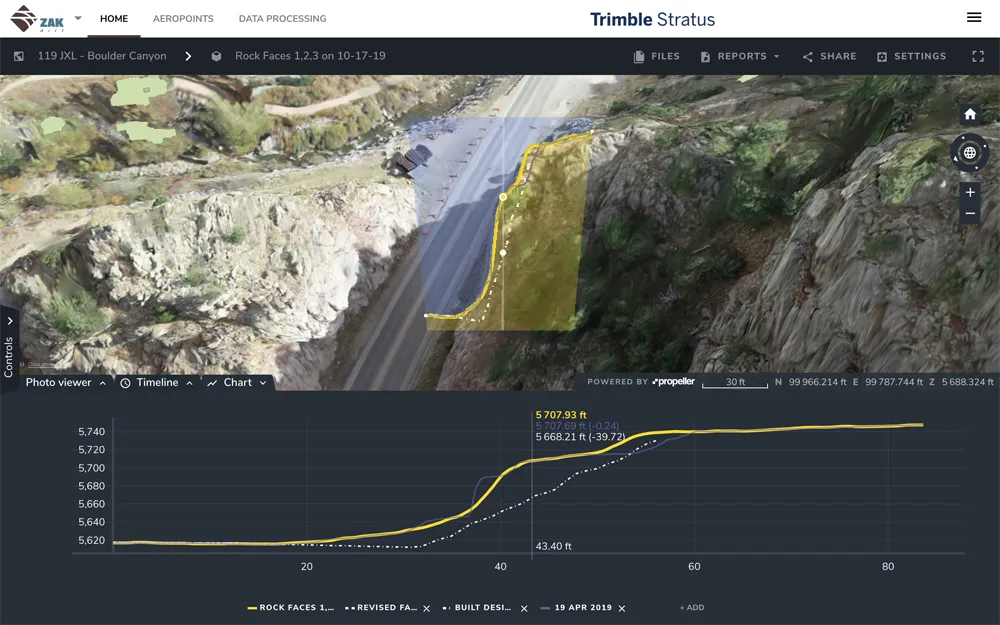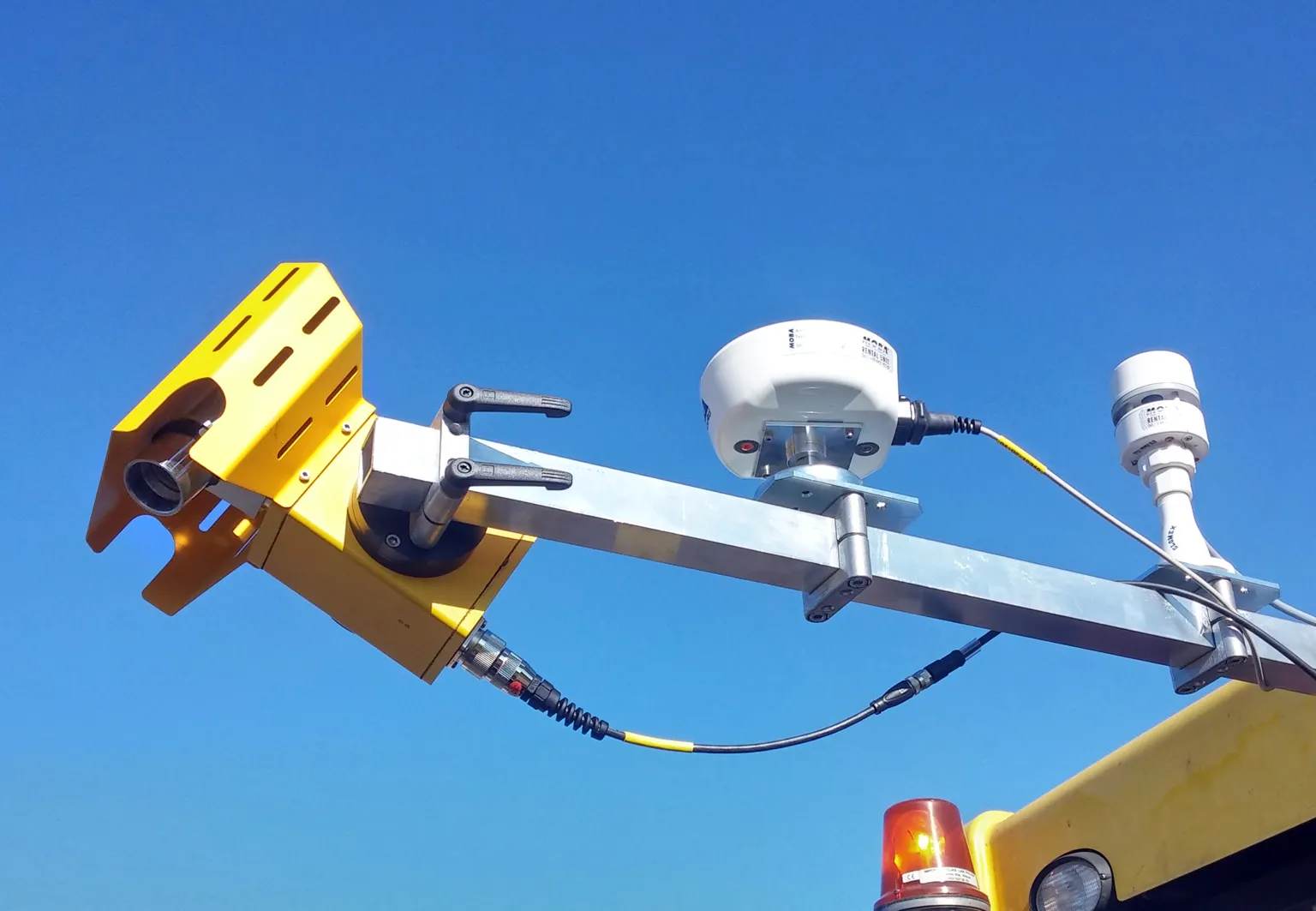Moba Mobile Automation has unveiled its new system Pave-TM sensor technology for asphalt thickness measurement. The company claims the system will make the consumption of materials in road construction more efficient and sustainable in the future and thus significantly saves costs. “With this system Moba Mobile Automation succeeded in setting another revolutionary milestone in the history of road construction,” said the company.
April 14, 2016
Read time: 2 mins
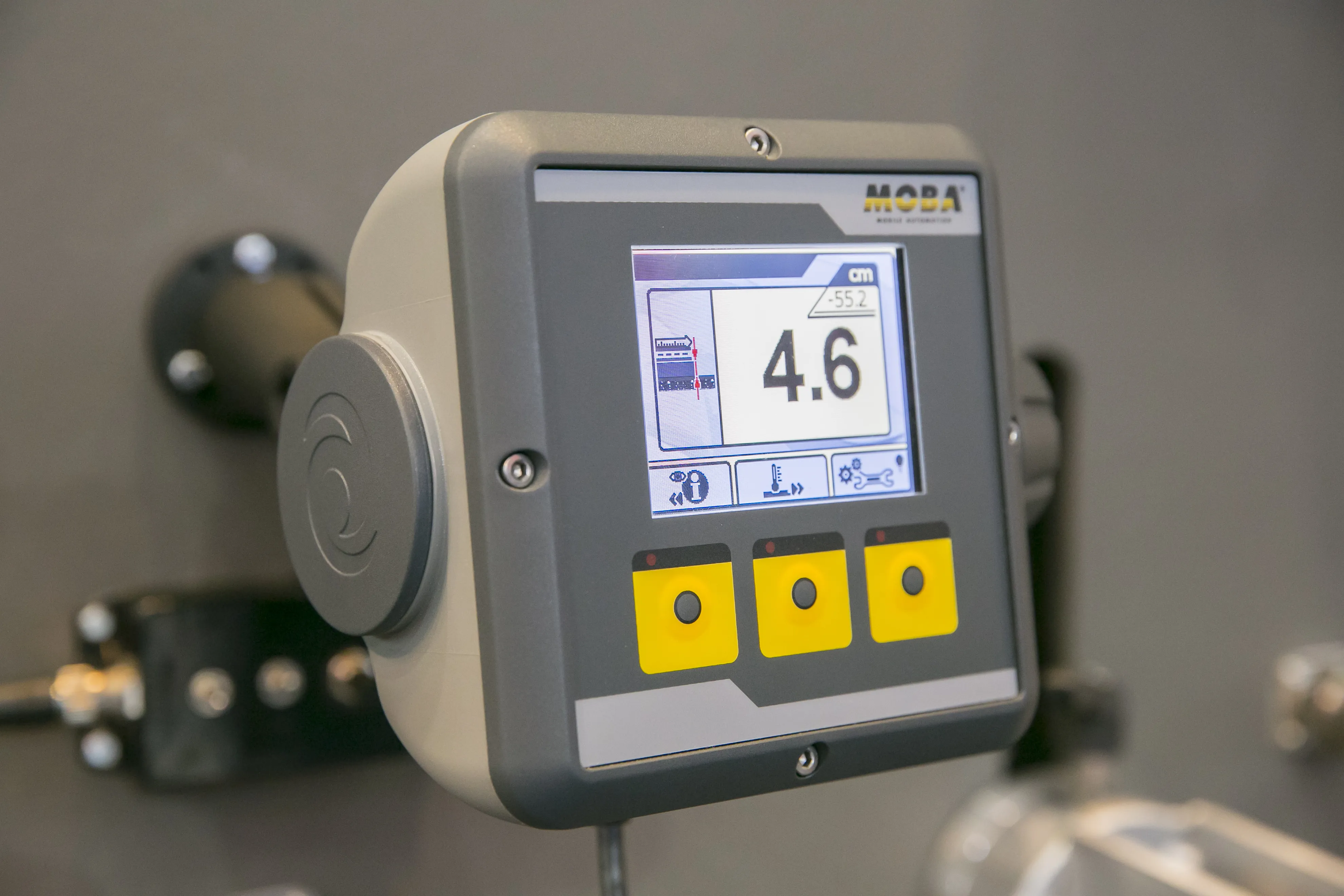
The company claims the system will make the consumption of materials in road construction more efficient and sustainable in the future and thus significantly saves costs.
“With this system Moba Mobile Automation succeeded in setting another revolutionary milestone in the history of road construction,” said the company.
“Currently, layer thickness is measured with a ruler and repeatedly controlled by a construction worker during the asphalt paving process. After each measurement, the layer thickness is re-adjusted. Measurement errors are then recognised and subsequently corrected, after the next measurement.”
However, depending on the regularity and accuracy in measurements, the results can drastically impact the road, thus affecting the whole construction project.
Introducing its Pave-TM patented layer thickness detection system, the company says that equipping pavers with a sonic sensor on the tow arm and main screed for thickness measurement will increase paver efficiency and reduce asphalt costs immense.
Both sensors measure, within millimetre accuracy, the ground in front of the screed, as well as the freshly laid asphalt behind the screed. A special algorithm calculates deviations of the reference layer’s thickness, showing real-time values on a display.
“For the first time, the ongoing, as well as automatic control of layer thickness, is made possible. By the use of real-time value, deviations over screed control can be corrected and optimised,” said Moba.
All videos


